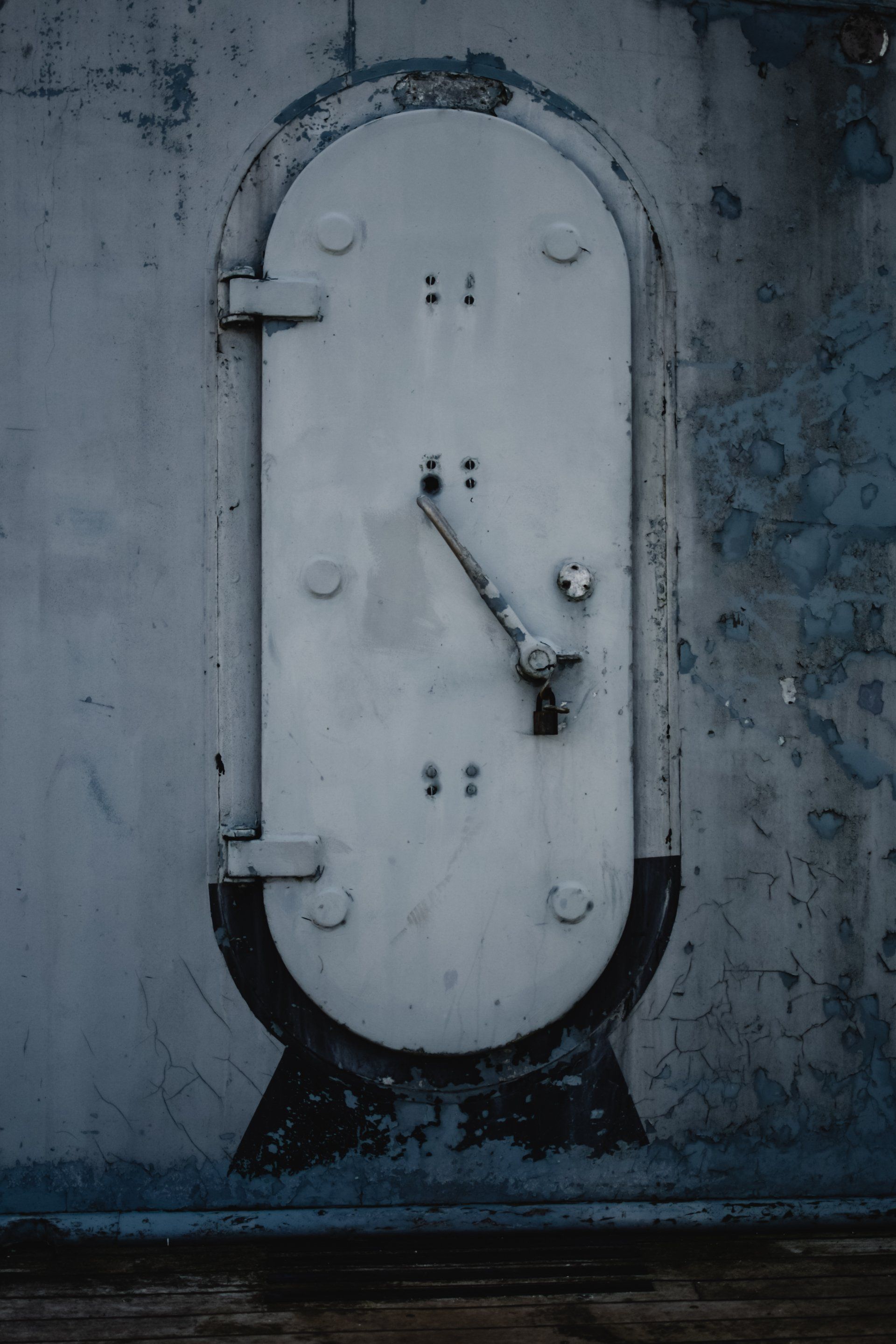The Do's and Don'ts of Crawl Space Waterproofing
Mastering Crawl Space Waterproofing: Key Strategies and Mistakes to Avoid
Waterproofing your crawl space is a crucial aspect of maintaining a healthy and sturdy home. Crawl spaces, often neglected, can be susceptible to moisture and water damage, leading to a host of problems.
Here we will walk you through the do's and don'ts of crawl space waterproofing, ensuring you can keep your home safe and dry.

Understanding Crawl Space Waterproofing
Before diving into the do's and don'ts, it's essential to understand what crawl space waterproofing entails.
Crawl space waterproofing involves techniques and procedures that prevent water from entering the crawl space of your home. This can include both basement and crawl space waterproofing, which are often interlinked due to their proximity in many homes.
Do's of Crawl Space Waterproofing
Hire Reputable Professionals: Look for "crawl space waterproofing companies near me" to find experienced and reliable professionals. Expertise in both basement crawl space waterproofing and exterior crawl space waterproofing is vital. However, instead of searching you can give us a chance. Our professional services will definitely help you avoid these searches in the future.
Regular Inspections and Maintenance: Regularly inspect your crawl space for signs of moisture, mold, or structural damage. This proactive approach can save costs and prevent extensive damage.
Consider Exterior Waterproofing:
Exterior crawl space waterproofing involves treating the outside walls of the crawl space with waterproof coatings or membranes. It's an effective way to prevent water from entering the space.
The
cost of crawl space encapsulation varies, check out our blog to find out more.
Proper Ventilation: Ensure that your crawl space has adequate ventilation. This helps in reducing humidity levels and preventing the growth of mold.
Install a Sump Pump and Dehumidifier: If water intrusion is a recurring problem, installing a sump pump and dehumidifier can help keep your crawl space dry.
Don'ts of Crawl Space Waterproofing
Neglecting Early Signs of Moisture: Ignoring signs of dampness, mold, or mildew can lead to more severe problems. Early detection and action are crucial.
DIY Without Proper Knowledge: While some aspects of waterproofing can be a DIY project, lacking the necessary expertise, especially for complex tasks, can do more harm than good.
Blocking Off Ventilation:
Completely sealing your crawl space without proper ventilation can lead to increased humidity and mold growth.
Choosing Low-Quality Materials: Opting for cheaper, low-quality waterproofing materials might save money initially but can lead to more significant expenses in the long run.
Ignoring Local Climate and Soil Conditions: Different geographical areas have varying climate and soil conditions, which can affect the type of waterproofing needed. Tailor your waterproofing strategy accordingly.
Conclusion
Effective crawl space waterproofing is a balance of the right techniques, materials, and professional help.
By following these do's and don'ts, and understanding the importance of both basement and crawl space waterproofing, you can protect your home from water damage, mold growth, and structural issues.
Remember to give
us a call to find the best expertise in your area. Remember, a dry and well-maintained crawl space is key to the overall health of your home.

